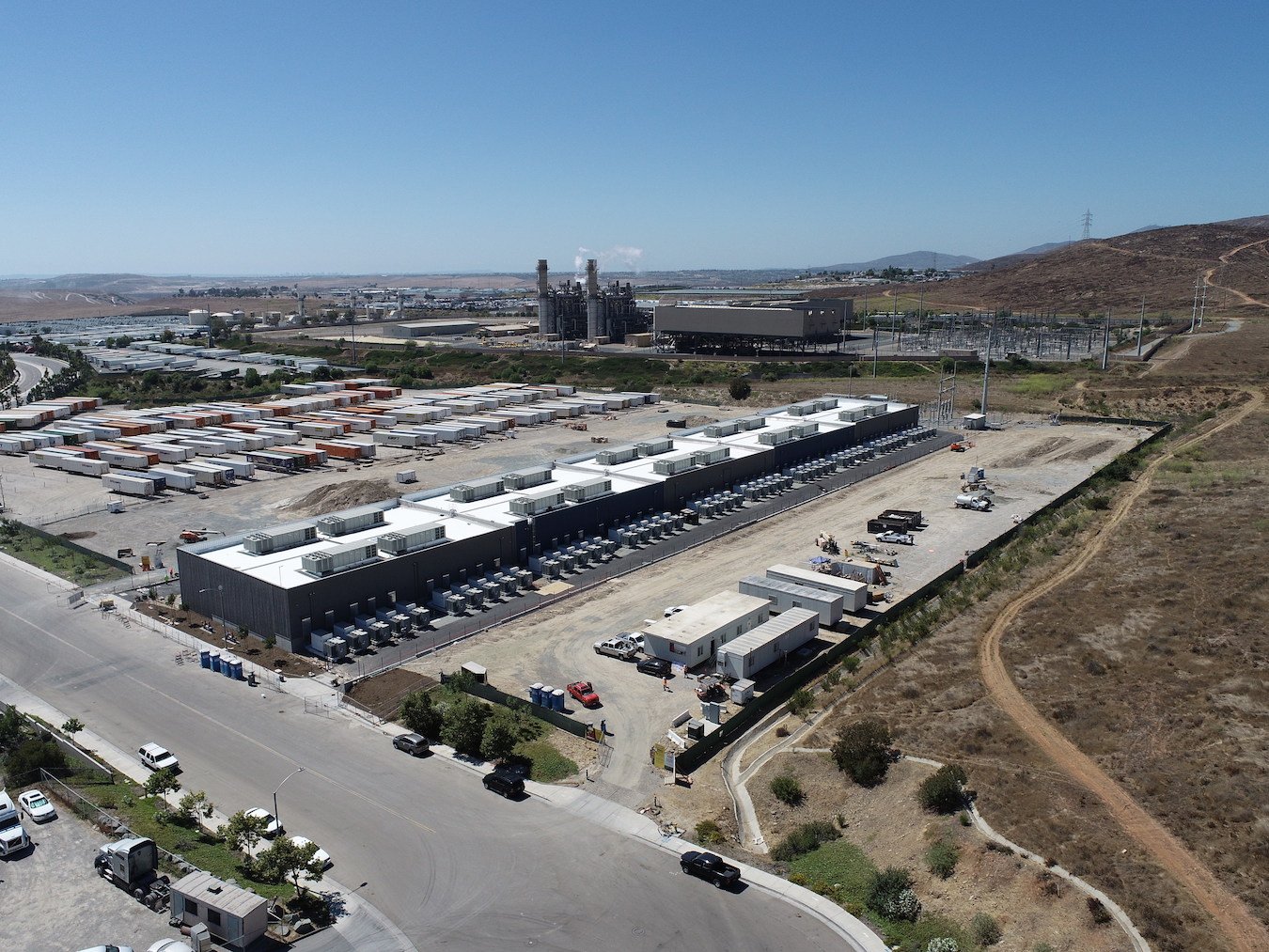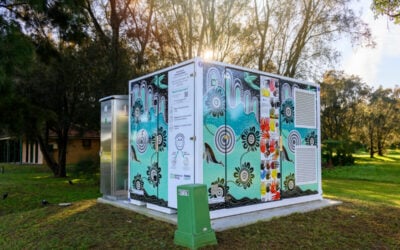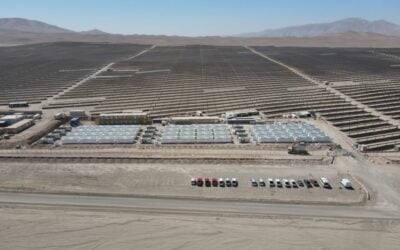
California’s goal of reaching 100% emissions-free retail electricity by 2045 is achievable, but will require huge deployments of long-duration energy storage, especially from 2030 onwards.
Even by that earlier date, the need for long-duration energy storage to complement the growth of shorter-duration lithium-ion battery storage of up to four hours’ storage and discharge to help integrate the growing shares of solar and wind onto the grid may have been underestimated, experts from the California Energy Storage Alliance (CESA) and Strategen Consulting have said.
Strategen Consulting senior manager Erin Childs said yesterday in a session at the Energy Storage Summit USA, hosted by our publisher Solar Media that zero carbon resources like energy storage will be a primary mechanism to integrate renewable energy, maintain grid reliability and meet increasing demand for electricity.
CESA and Strategen partnered recently on a study of how much long-duration energy storage California might need to get to its targets. Erin Childs pointed out that the majority of new resources coming onto the grid are solar. On an average California day with plenty of sun, energy storage will be needed to dispatch for roughly 12 hours per day, increasing in winter to 14 or 15 hours per day.
Try Premium for just $1
- Full premium access for the first month at only $1
- Converts to an annual rate after 30 days unless cancelled
- Cancel anytime during the trial period
Premium Benefits
- Expert industry analysis and interviews
- Digital access to PV Tech Power journal
- Exclusive event discounts
Or get the full Premium subscription right away
Or continue reading this article for free
Other resources that could store energy for up to 100 hours could help plug gaps in the case of extreme weather events. Childs said that there is often an assumption that these longer-duration resources which take the capabilities of storage far beyond the 2-4 hour benchmark that lithium-ion generally serves in California and even beyond the 10-16 hours that flow batteries provide, will find it difficult to find a business case.
This is based on assuming that those much longer-duration resources will only be called upon in infrequent circumstances, but this is not true, according to CESA and Strategen’s study, because those resources will still likely be called upon “to dispatch for many hours a year” and “can be very active in the market place,” Childs said.
Over the next 10 years, “a good amount” of short-duration energy storage will come onto the grid, but in the years between 2030 and 2045, if efforts to decarbonise are to be successful, the electric system will almost exclusively need longer-duration resources to enable daily cycling of solar and meet evening ramp-up requirements, but also more broadly to run in the evening and night-time to provide the grid with reliable service.
Regulators already recognise need for long-duration storage but urged to go further, faster
Carbon emissions in the state’s electricity system operator CAISO’s service area need to drop by some 90% from around 50 million megatons (MMT) in 2020 to 12.3MMT by 2045 and about 32.4MMT by 2030, and the increase of renewable energy capacity is crucial to achieving this goal, co-presenter, CESA senior regulatory consultant Sergio Dueñas, said.
While California’s policy for decarbonisation, Senate Bill 100 (SB100), which was passed by the State Senate in 2018, allows for the use of some emitting sources in transmission and distribution (T&D), the retail electricity sector needs to achieve total emissions reduction by 2045. Regulators in the state have assessed in a joint agency report that this could require a total of 50GW of energy storage across a mix of durations by 2045; pencilling out at about 2.2GW of new energy storage each year to that date.
The regulatory agencies contributing to that report included the California Public Utilities Commission (CPUC), which sets the market rules and instructs the state’s load-serving entities planning for meeting energy needs for the years ahead. CPUC has projected that by 2030, around 9GW of energy storage will be needed to meet that year’s targets, as well as just under 1GW (973MW) of long-duration energy storage.
There is currently a “disconnect” in alignment between 2030 goals and 2045, Dueñas argued, meaning that the trajectory to achieve 2030 targets will still not be enough to get California to 50GW of storage where it needs to be by the later date. Strategen’s Erin Childs said that a lot of the modelling behind that report also does not take into account the possible need for resources to deal with extreme weather events such as heavy storms, which could “accelerate” the need for long-duration storage.
Nonetheless, regulators have seen that there is a need for long-duration storage, and action is “needed urgently,” CESA’s Sergio Dueñas said. The CPUC has recognised the challenge ahead in procuring resources for the state, particularly in light of the coming retirement of Diablo Canyon, a 3.7GW nuclear facility which is the state’s only remaining nuclear power plant serving load within California, and the imminent retirement of some 500MW of fossil fuel assets.
Coupling this with the rolling blackouts that were experienced due to last year’s August heatwave led the regulator to push forward a ruling this February for load-serving entities to procure 7.4GW of incremental capacity including at least 1GW of long-duration energy storage by 2026, and CESA has taken the position that more aggressive resource plans are implemented to prevent future blackouts.
The imbalance between what the state needs and what it is currently targeting could be addressed with better and more detailed planning tools, that take into account more than just the immediate day-to-day need to integrate solar. Another important addition to the planning regime could be to revamp Resource Adequacy, which Dueñas described as the “main programme for resources to get paid for reliability and capacity contributions”.
Resource Adequacy planning has thus far focused on the capacity needed in megawatts (MW), but Dueñas said that a consideration of duration and therefore the “depth” of the available resource in megawatt-hours (MWh) is needed.
California has around 5.6GW of energy storage already procured, in development or contracted, but that figure is “just the beginning” and while the state will certainly need the shorter-duration lithium-ion storage that has already been procured and plenty more to come, a mechanism is needed to assign a value to all of the resources that the grid needs, Sergio Dueñas said.





